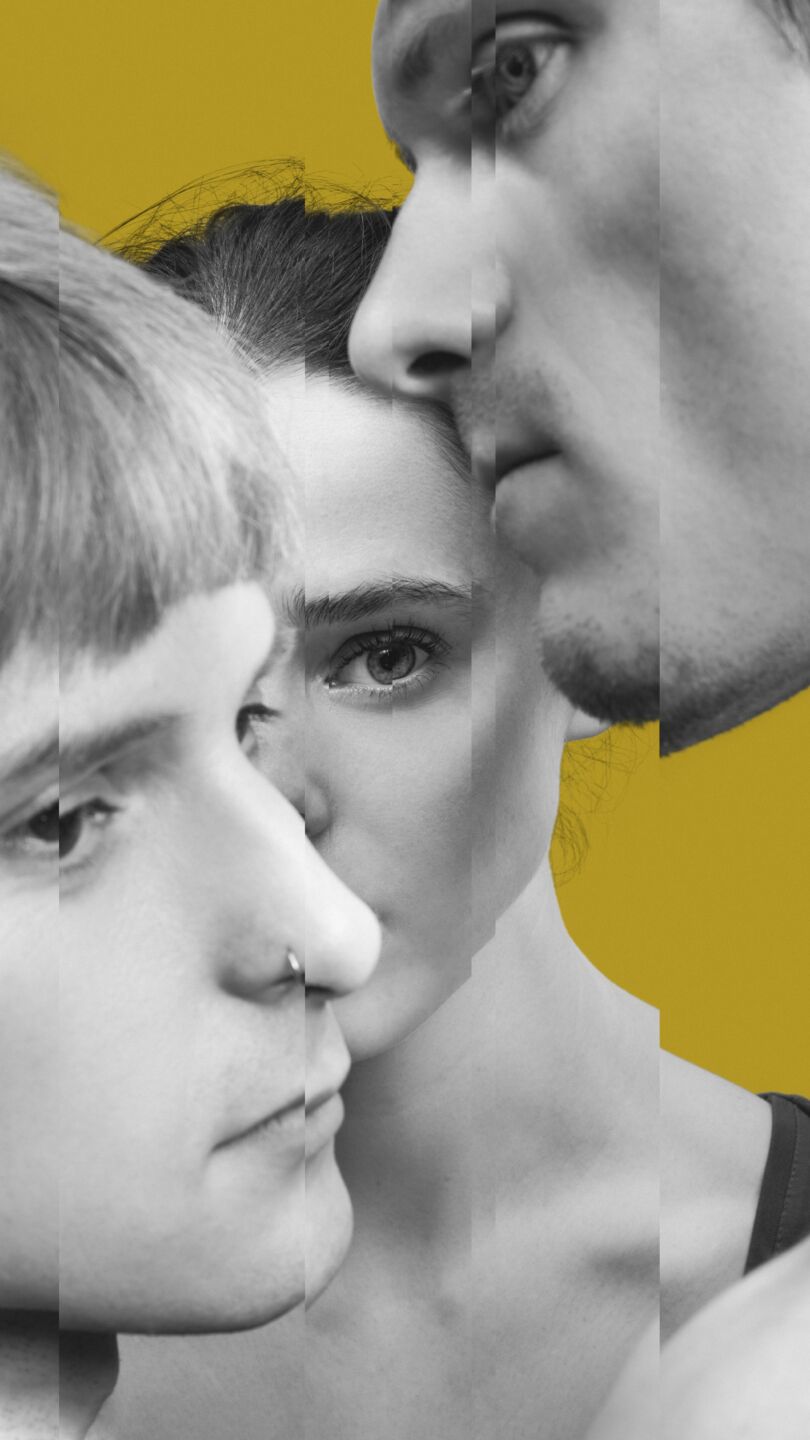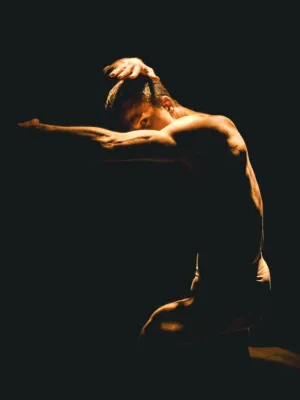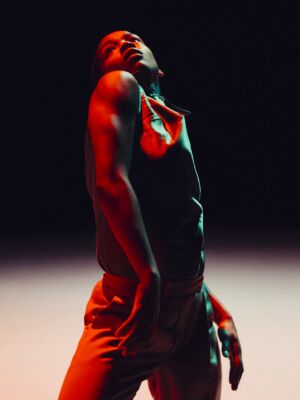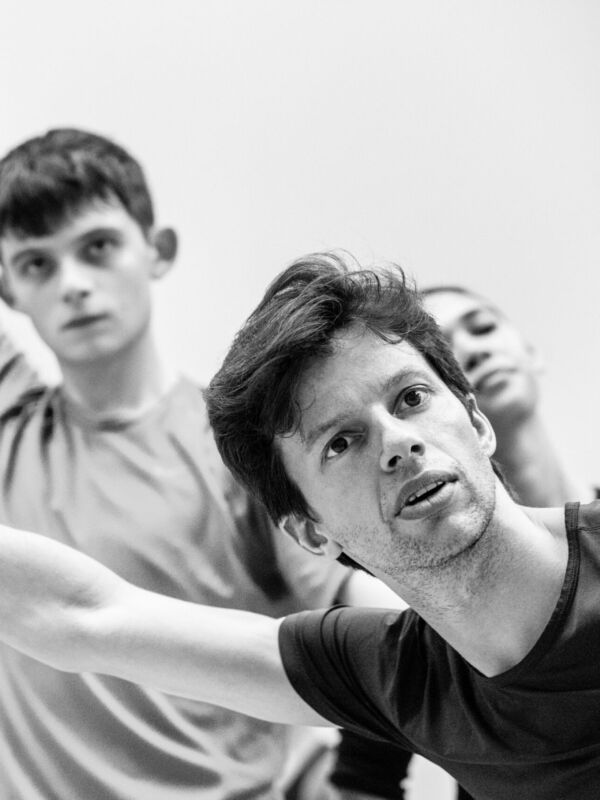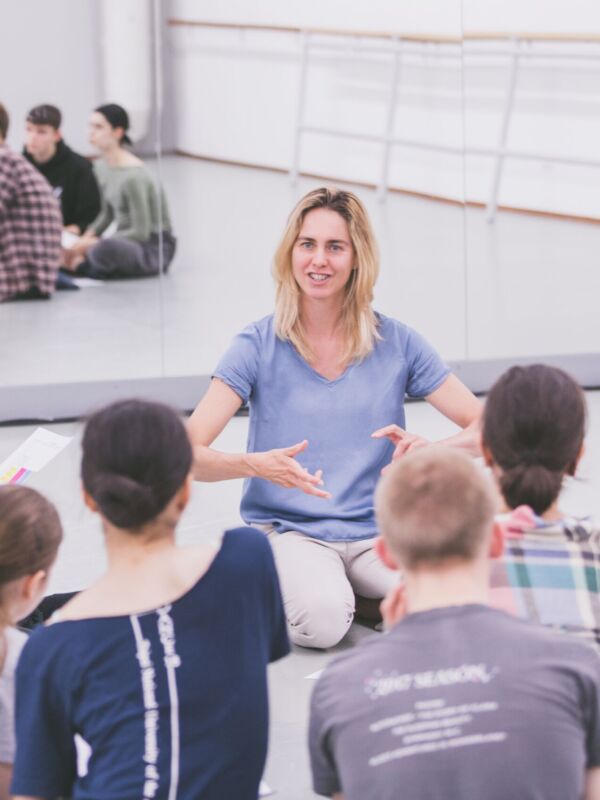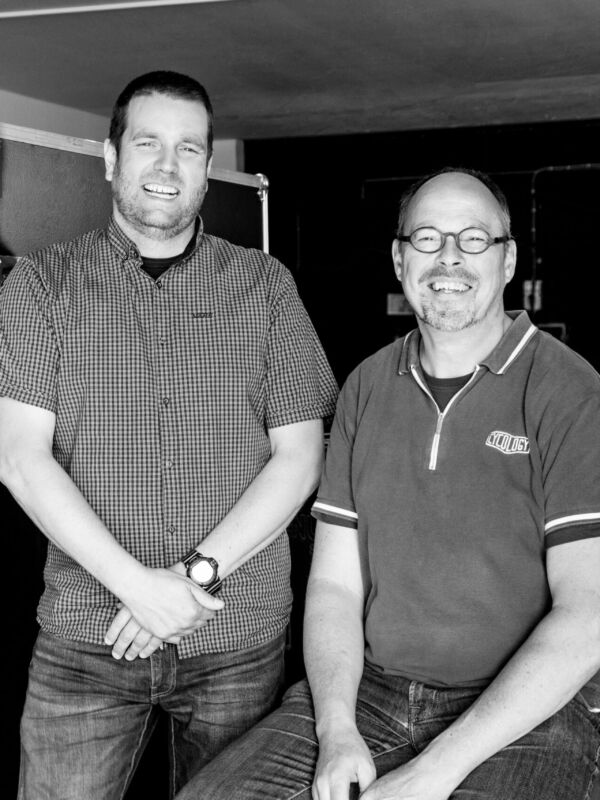Van der Poel tells us. “In 2007, I was dancing in one of the duets. Ema Yuasa, my partner during the lesson, danced in the other. I am interpreting the duet we are currently studying as a developmental maturation phase of a girl who is encountering someone else. It is a beautiful, poetic work. I feel that it contains typical “Sol-Paul characteristics”. It contains many motions, and it is extremely virtuoso.” Laughing, he says, “It really is hardcore on a technical level. Sometimes, the students get overloaded by information.” Thankfully, the two-week time period of the course is long enough to master the choreography and to bring some extra sheen to the performance. Van der Poel likes to bring some “magic” to it. He emanates this optimism during the lesson. He offers a lot of positive feedback, divides his attention between everyone, and is always willing to explain the movements in a different way or to demonstrate them himself. Doing so, he sometimes illustrates the movements with motions, and sometimes with sounds and the sound of his breathing: “haaaa” or “shk shk.” He demonstrates to the students how, by using gravity and momentum, they can make things easier for themselves, as well as how the partners need to play off each other. From time to time, he verifies something in the video recording of Postscript, after which he offers even better instructions. “I teach them the choreography slowly, bit by bit. I tell them to wait until they understand the mechanism and only fully give it their all once they have mastered that.”
